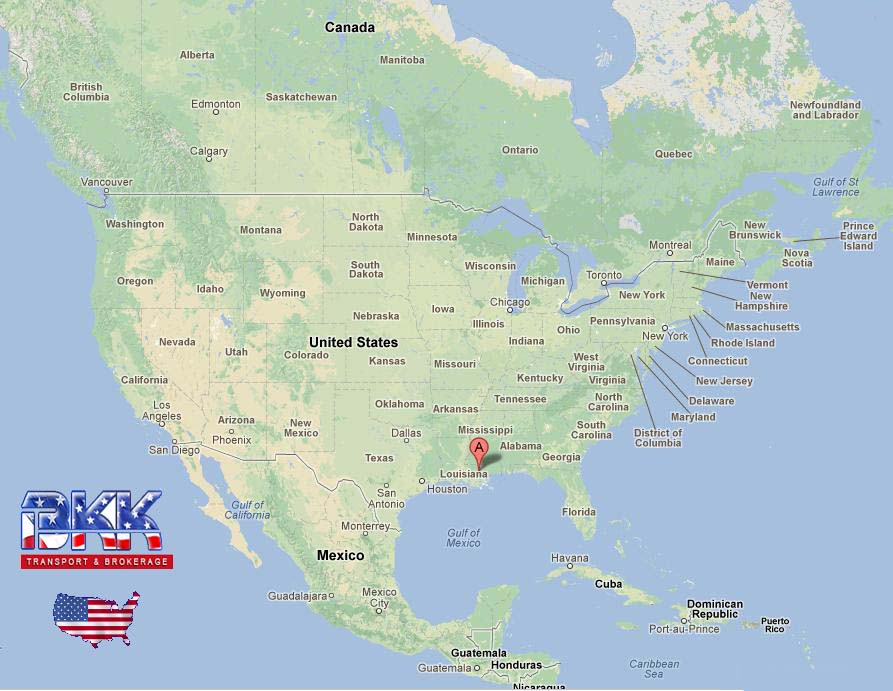The History of US Interstate Transportation
US Statewide Transportation System of Interstate and Defense Highways are the biggest highway system in the world, as well as the most wide public works project in history. It gets to over 46,000 miles, offering interstate car transport to all 48 states in the continental U.S.A., and is most associated with its classic red, white, and blue, 36-inch signs. Highways, of course, have been around as long as car moving has been necessary, and before that they were typically horse paths. The Interstate, however, wasn’t built until the 1950s. Initially, it was President Franklin D. Roosevelt that authorized a network of rural and urban express highways, dubbed the National System of Interstate Highways.
Eisenhower had seen first-hand the value of interstate car transportation. In 1919, as a young captain in the army, the future President joined 294 other soldiers in the U.S. militaries first automobile caravan across the nation. However, due to poor highways, the caravan traveled at an average speed of just five miles per hour, and took approximately two months to travel form Washington D.C. to San Fransisco. Additionally, during his time in World War II, Eisenhower saw firsthand the durability of the German Autobahn, which could often withstand heavy bombing. These activities paired together showed Eisenhower the importance of efficient highways.

With the worry of atomic attacks during the Cold War, the development of modern interstate highways offered citizens fast and effective evacuation routes between cities that allowed for rapid, uncongested activity, as well as quick and efficient transportation of military equipment. An urban legend existed that every 5th mile of the interstate had to be straight, so that it could be used as an airplane runway in certain circumstances. While that was part of an unique proposal in the 1930s.
The numbering plan for the Interstate car transport program designates numbers less than 100 for its primary interstates. Roads that travel East-West are given even numbers, while roads that run North-South are given odd numbers. Additionally, Interstates with numbers divisible by five (5) are suppose to be major routes, carrying traffic long distance. Examples of this include I-95, which runs from Canada to Miami, Florida, as well as I-10, which runs from Santa Monica, California to Jacksonville, Florida auto transport. The Interstate system serves nearly all major American cities, often passing right through downtown areas. With car transporting as prevalent as ever, there is little doubt the Interstate will continue to develop and grow for a long time.
